How to make Onigirazu. (Japanese Snack)
ShareUpdated December 1, 2023
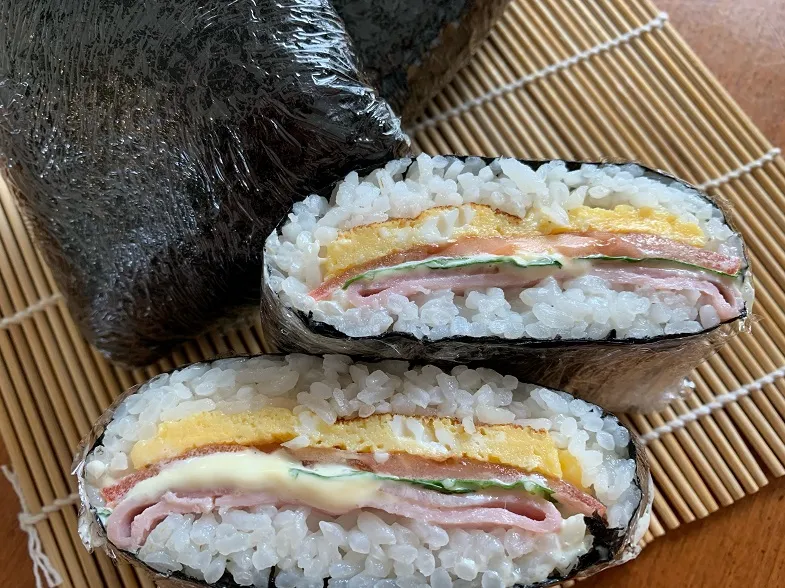
Onigirazu are delicious. Onigirazu is Japanese - It is the combination of two Japanese words that are opposites of eachother. "Onigi" is from the word onigiri which means a hand-formed triangular rice ball and "razu" is from the word nigirazu which means not formed by hand. Basically onigirazu are like rice sandwiches. They are easy to make compared to onigiri.
I don't know if I would call this a 'recipe' more like loose instructions.
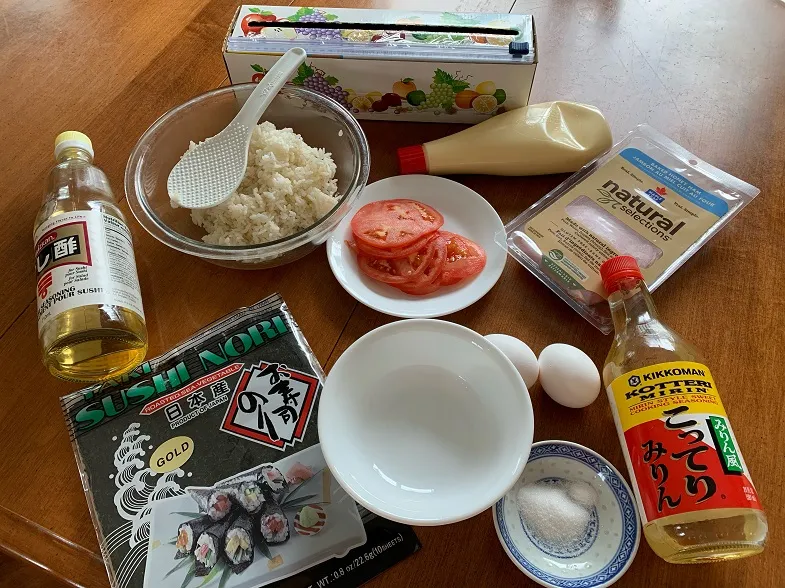
Above are the ingredients I used this time. I have forgotten to include the lettuce.
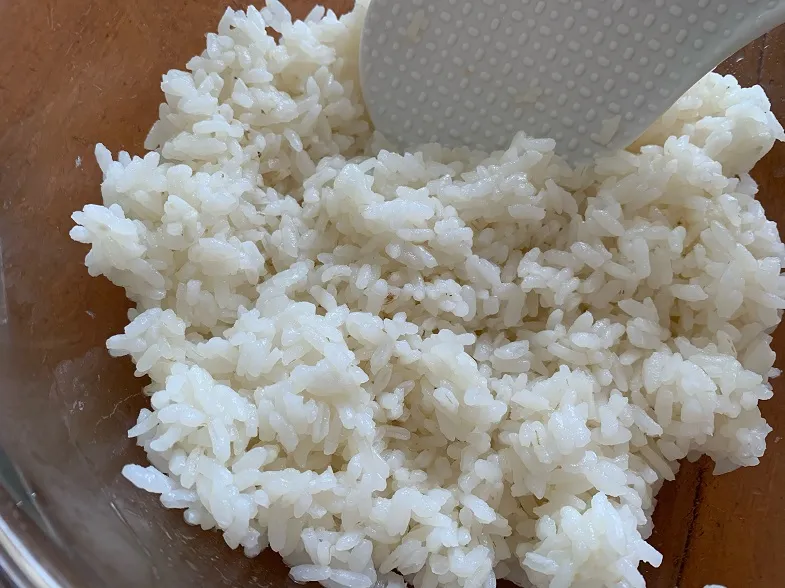
Mix the cooked sushi (short-grained sticky rice) rice with flavoured rice vinegar if you like or you can just use plain cooked short-grained rice. I think that flavouring the cooked rice with a flavoured rice vinegar enhances the taste of the onigirazu. I highly recommend using one of the below sushi rice vinegar flavourings.
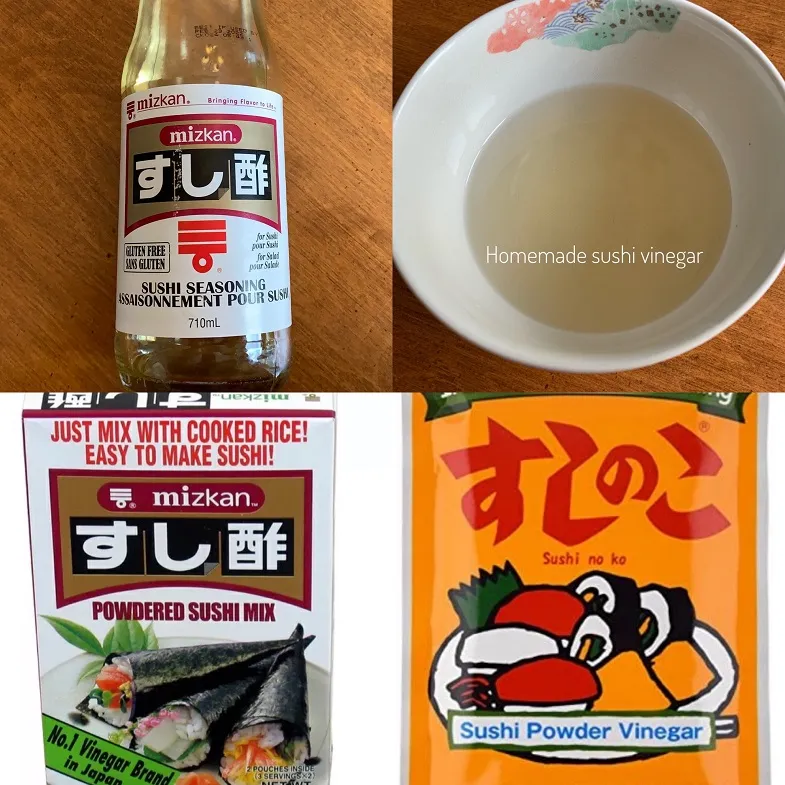
Here is how I make my own flavoured sushi rice vinegar. I mix 1/3 cup of plain rice vinegar with 3 to 4 tablespoons of sugar and 1 teaspoon of salt. I like microwaving my vinegar for about 30 seconds and then using a whisk to mix the sugar and salt. By heating the vinegar it helps dissolve the sugar and salt. Then I slowly and gently mix this mixture into 3 cups of cooked warm rice. It works best with warm rice. Don't add all the liquid at once. I usually add half and then mix and taste until I get the taste I'm looking for which is slightly sweet and sour.
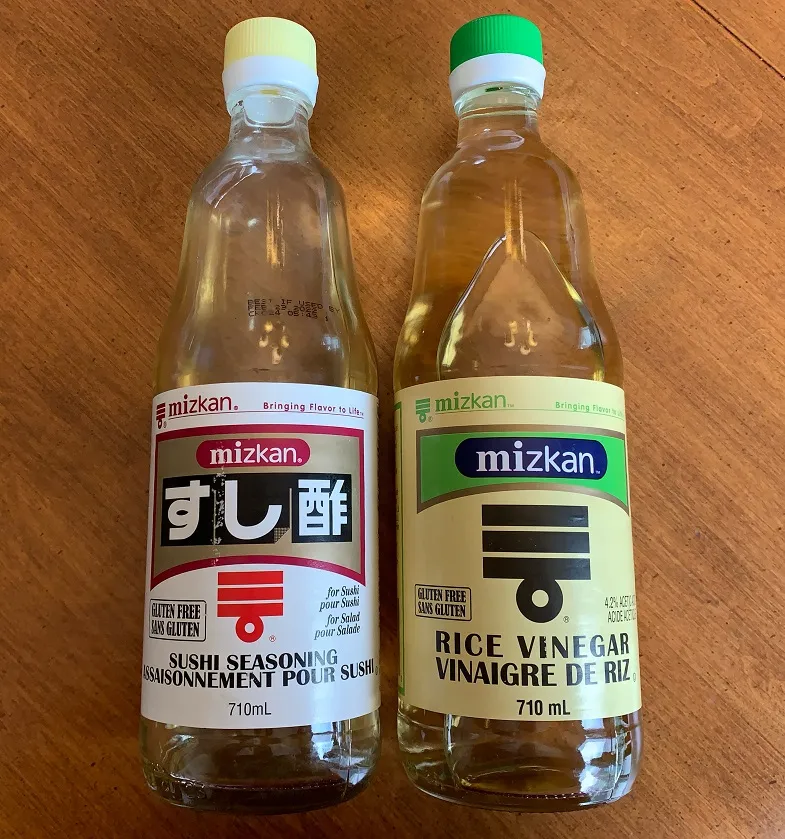
The sushi powder mix works well too. Always read the ingredients list, but from what I have seen they look gluten-free to me. In Canada all ingredients lists must state if there is gluten in the product. When mixing the powder into the cooked warm rice usually it is 1 tablespoon of powder per 1 cup of cooked rice. But do check and follow the package directions. Using powdered sushi mix is easy and you don't get a soggy rice mixture that can happen if you add too much of the liquid seasoned rice vinegar. That is why it is important to add a little of the liquid at a time and wait a few seconds as the rice will absorb the liquid, but you don't want to add too much. And don't worry if you have leftover homemade sushi flavoured rice vinegar, it is great as a salad dressing and will keep in the fridge for a few days.
From my research on the internet, it looks like all types of vinegar are good at lowering blood glucose levels. Vinegar is by no means a substitute for medicine, but looks like it does have some health benefits. I like to add vinegar into my meals through seasonings or dressings or in pickles. I like the taste and if it helps with digestion and blood sugar levels bonus! As always all things in moderation. Personally adding vinegar to my diet helps with my stomach issues.
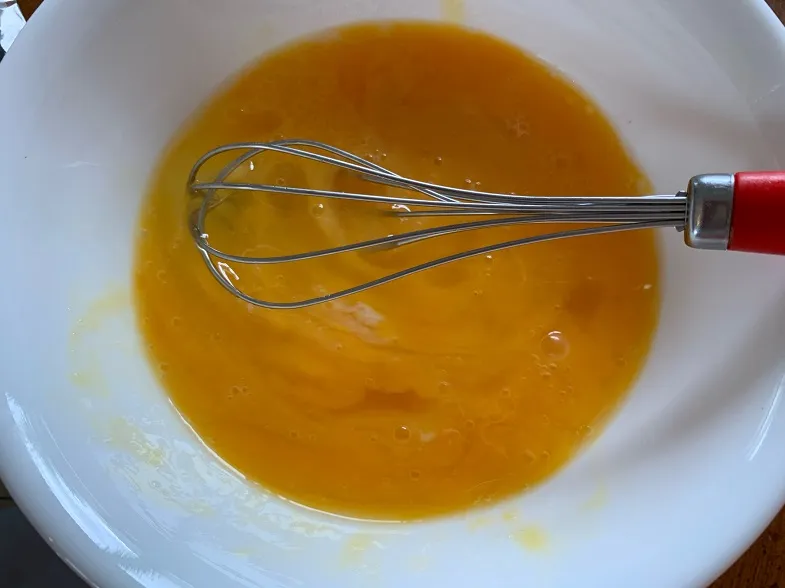
Then mix the eggs with the sugar, salt and mirin. Then fry like a thin crepe in an oiled pan.
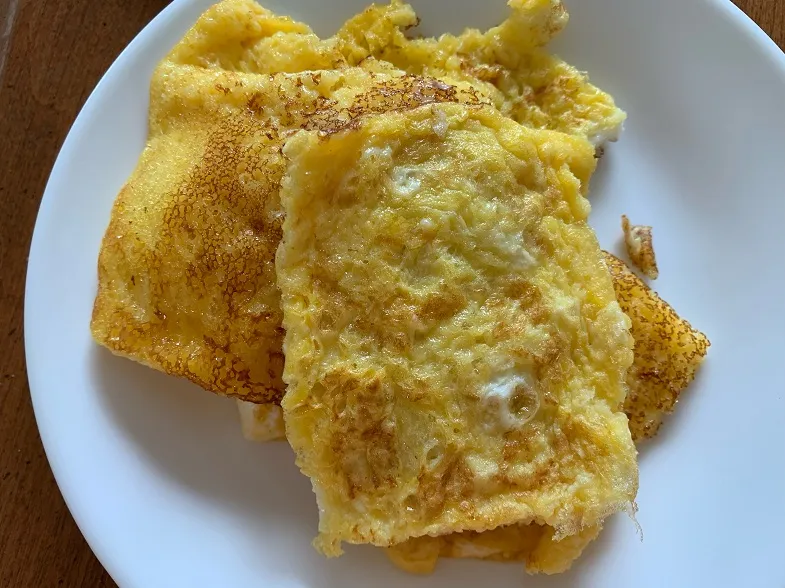
After the egg is cooked cut up into four squares.

Now its time to start assembly. Put down a piece of saran wrap. This helps with the folding and keeping the onigirazu together.
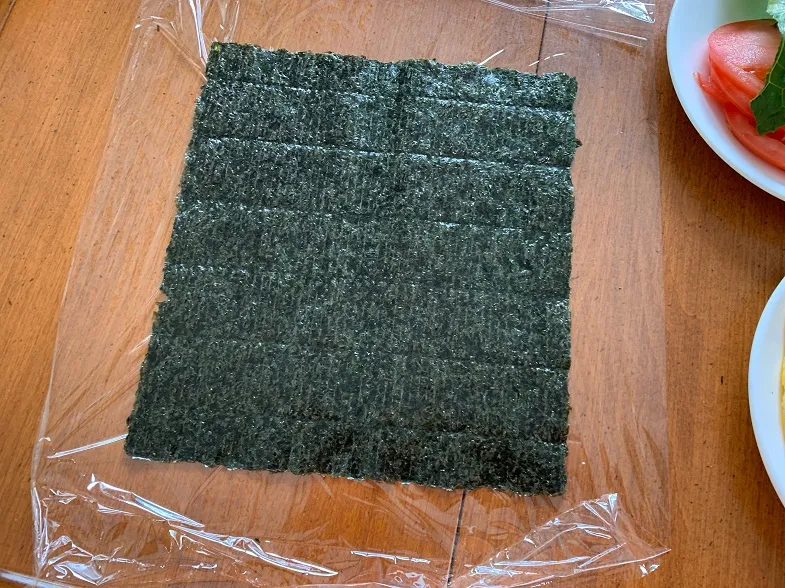
Place a full sheet of nori, rough side up on the saran wrap.
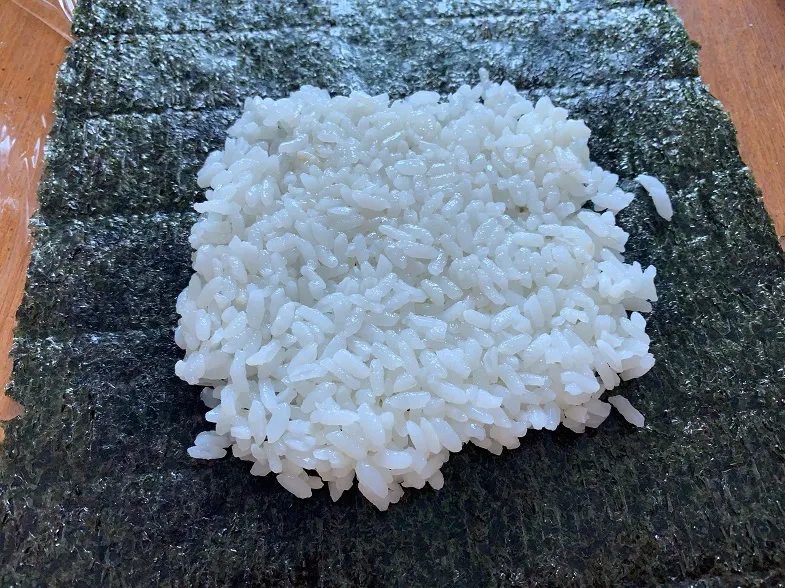
Put about 1/4 cup of rice in the centre of the nori.

Now you can start stacking up the fillings. I started with the cooked egg.
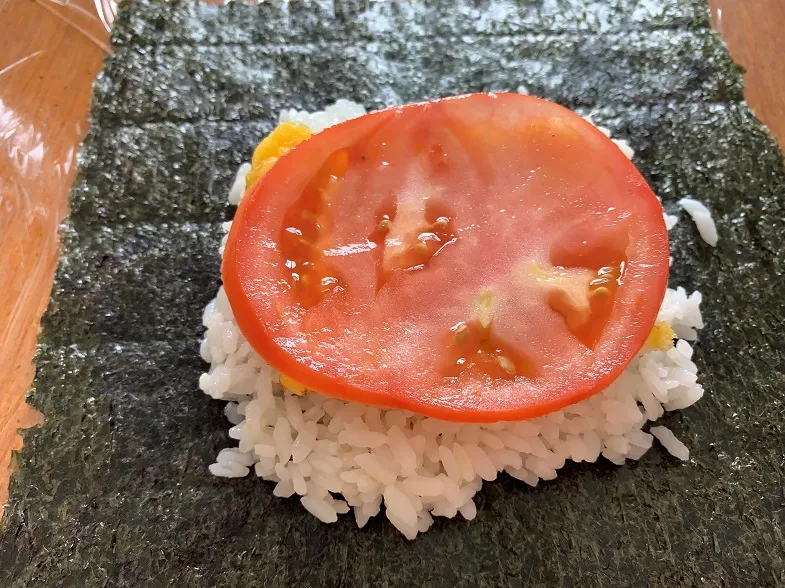
Add the tomato.
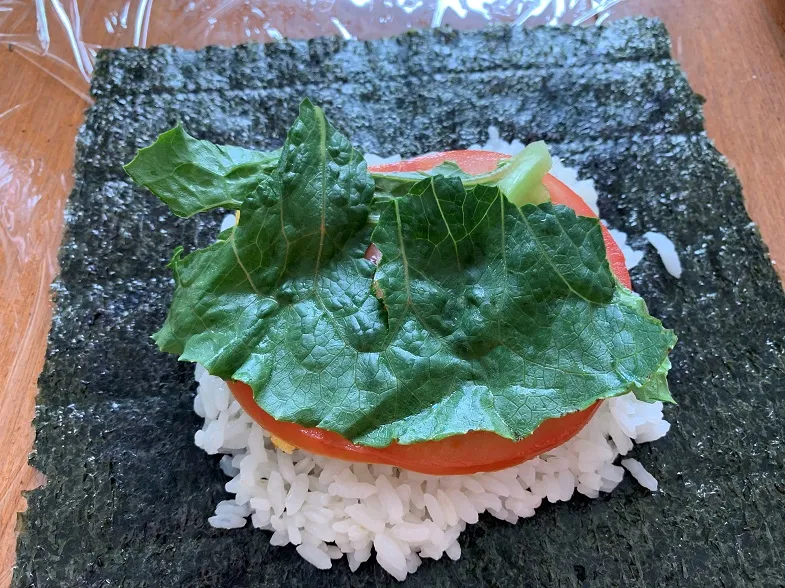
Add the lettuce.
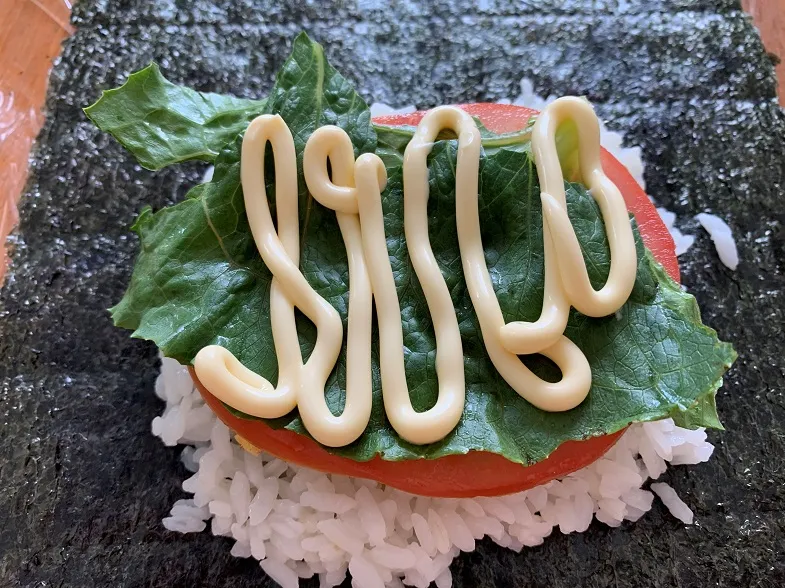
Add the mayonnaise. My favourite mayonnaise used to be Kewpie Brand, but in 2023 looks like Kewpie changed its ingredients and now it contains barley. We now use Shirakiku's gluten-free labelled Japanese mayonnaise. There is a gluten-free labelled Kewpie available in the US, but I have not found it in Canadian stores yet. I saw it online on amazon.ca,but it was expensive.
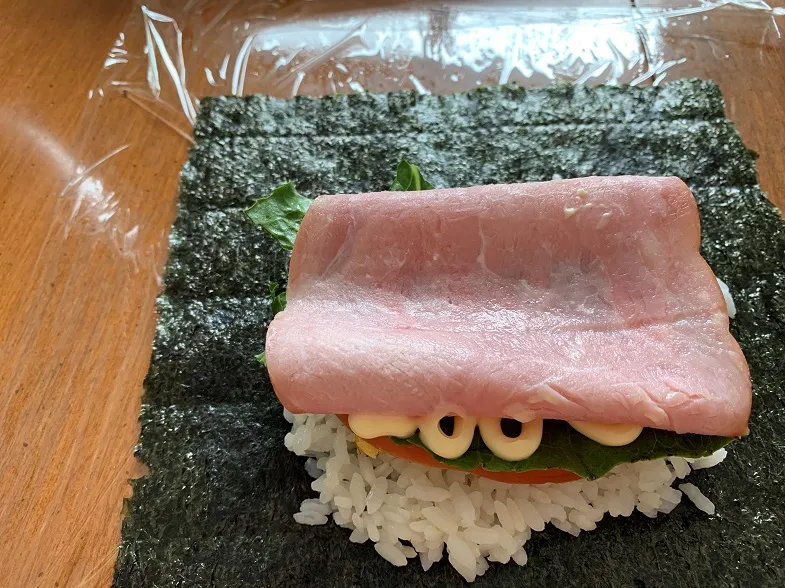
Add the ham.
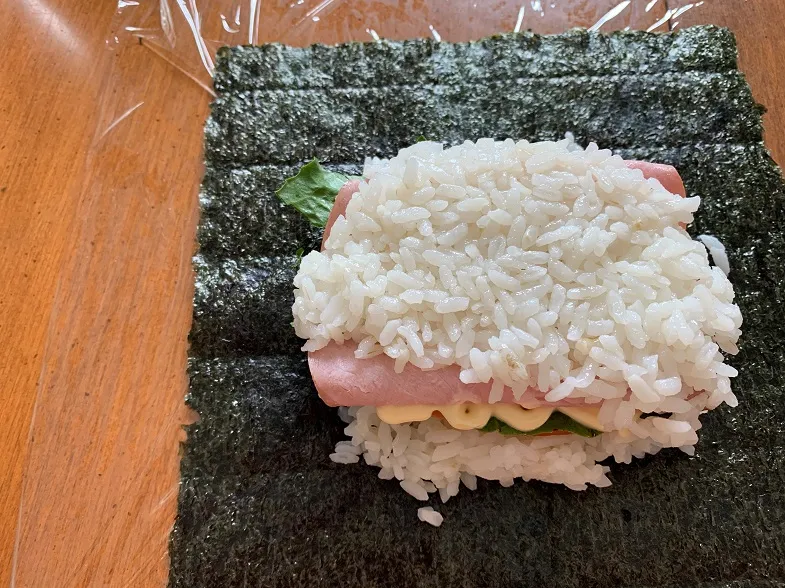
Add another 1/4 cup of rice on top of the fillings.
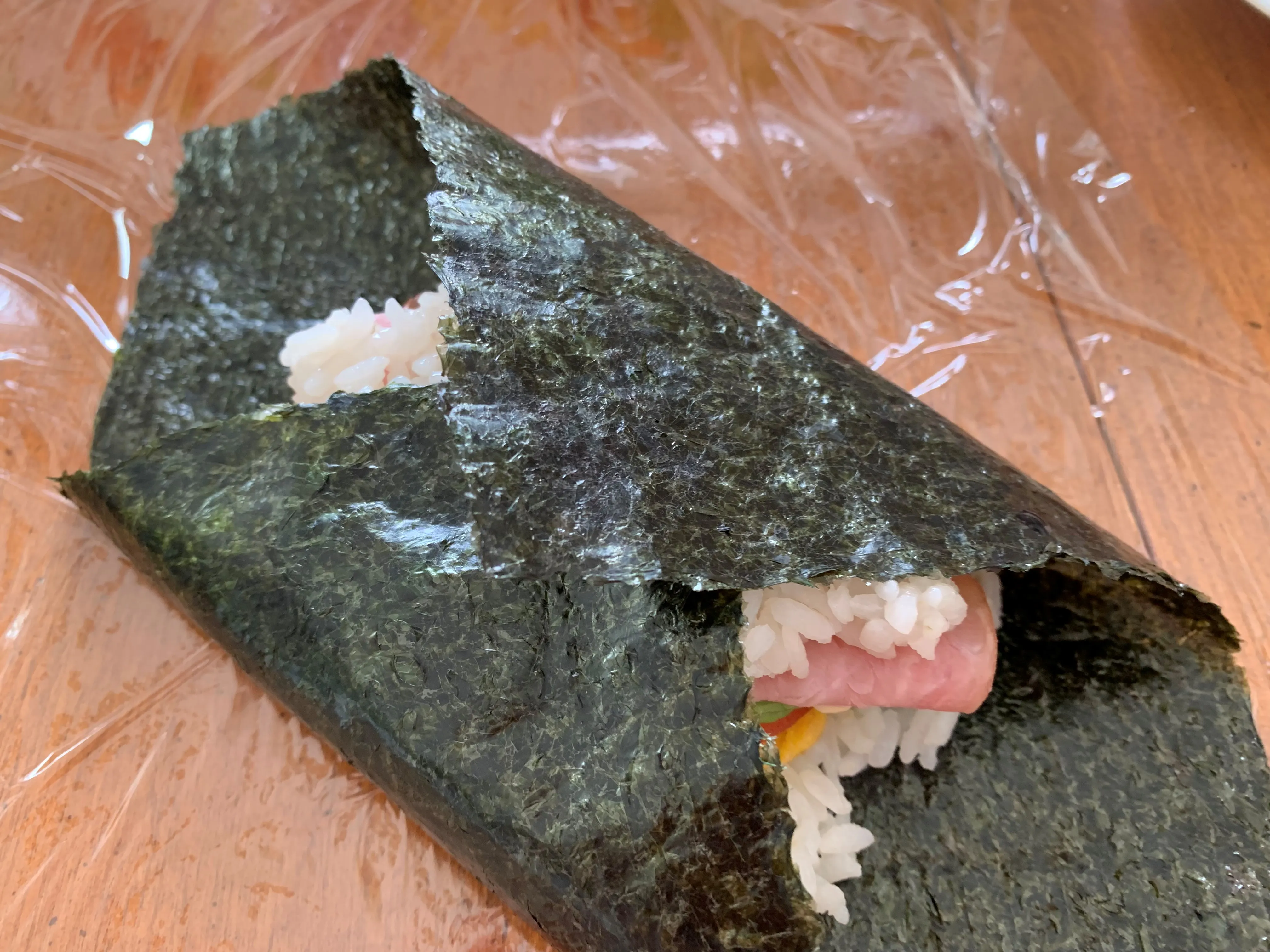
Now wrap the corners of the nori over the filling.
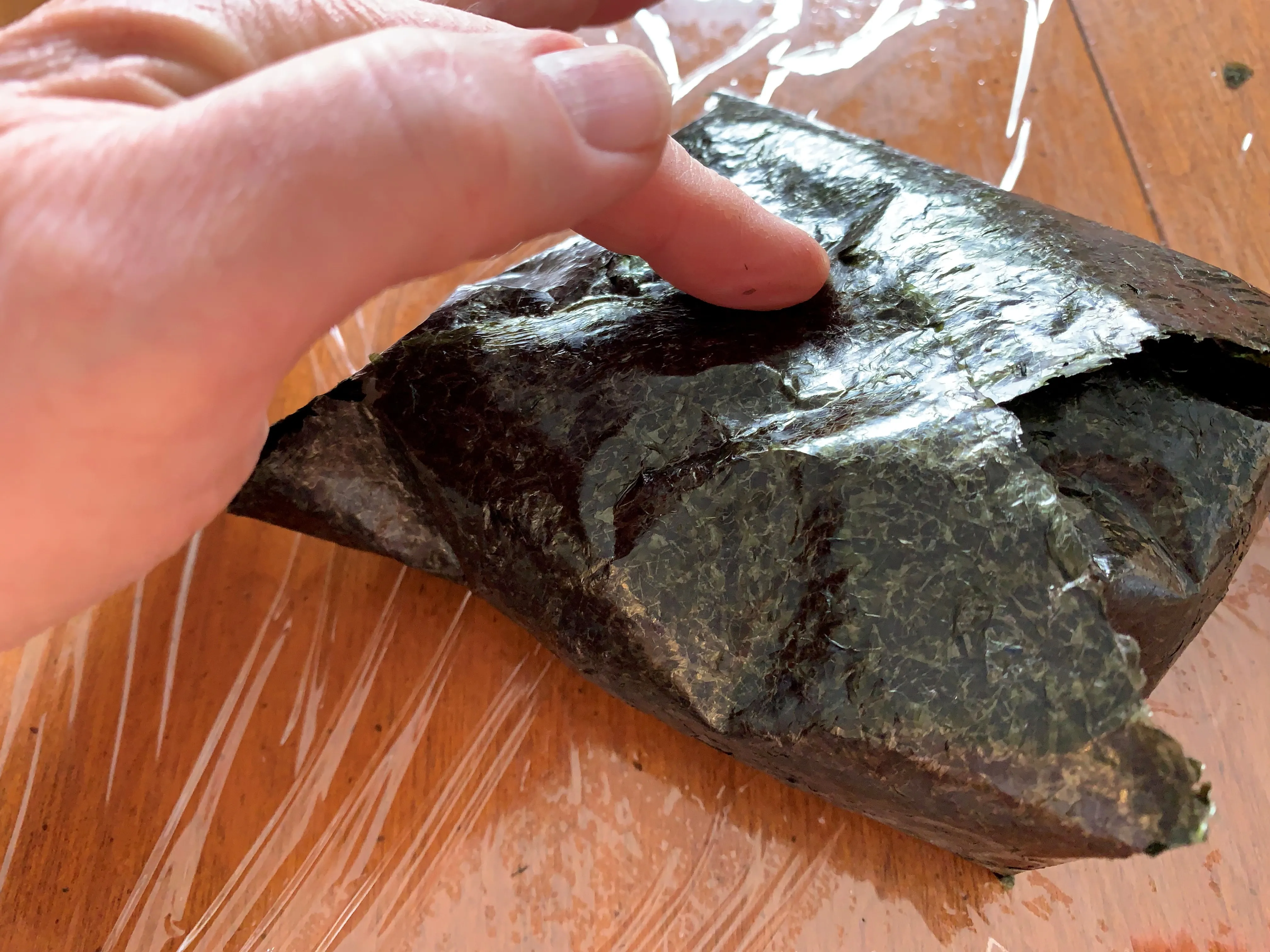
Fold the other two corners over the filling to make a sort of square shape.
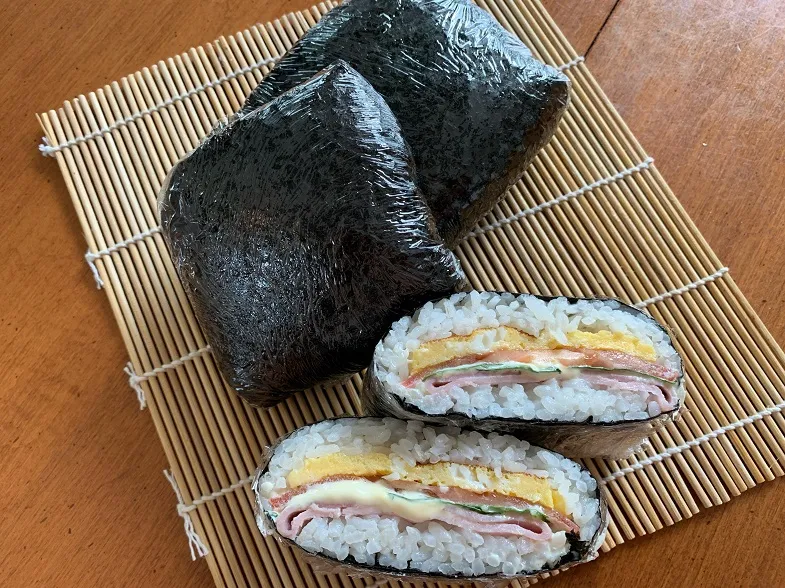
Use the saran wrap to neatly keep the nori folded in a square shape. You can adjust the shape a little after it is wrapped. If you have different fillings it is good to cut at least one of each type in half to show the insides. We find it easier to eat the onigirazu not cut up, but it does look nicer cut in half.
Gluten-Free Onigirazu
Ingredients
- 2 cups cooked sushi (short grain) rice
- 2 - 4 tablespoons sushi rice vinegar (optional)
- 4 nori sheets
- Fillings of choice such as ham, tomato, lettuce, egg, mayonnaise or tuna or salmon mixed with mayonnaise.
- Egg is made with 2 eggs, 1 tablespoon sugar, 1 tablespoon mirin and a pinch of salt.
Directions
- Make rice. You can just use it plain or add some sushi rice vinegar if you prefer.
- Make the flat egg omelet. 2 eggs - mix with sugar, salt and mirin and fry in a lightly oiled frying pan. Similar to a crepe.
- Prepare other fillings such as sliced tomato, ham, lettuce and mayonnaise.
- Put out a sheet of saran wrap slightly larger than the sheet of nori.
- Put the nori rough side up on the saran wrap and add about 1/4 cup of rice and make into a small square in the middle of the nori.
- Add your fillings and another 1/4 cup of rice.
- Fold the corners of the nori over the rice in a square shape and then fold the saran wrap over making it into a square shape.
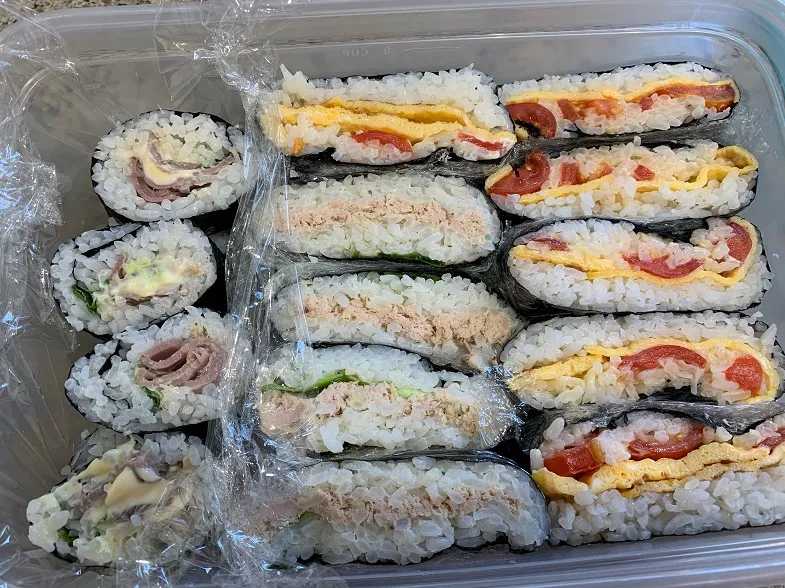
Above is a picnic (bento) box of mixed filling onigirazu we recently had for a road trip. The fillings are the same as the recipe above and also tuna with mayonnaise. You can add any filling you like. On the left side of the photo are roast beef, horseradish and shiso leaf makizushi.
The origin of "onigirazu"is said to be from a popular Japanese comic book in the early 1990's called "Cooking Papa" by Tochi Ueyama. I've provided a Linkedin article link to a Linkedin article on the origins of onigirazu that I think explains it quite well.
My family and I love onigiri's in all their forms, makizushi rolls and onigirazu. They are easy to make gluten-free, and a great substitute for bread sandwiches. Great for breakfast, lunch, picnics and snacks.
Here is a link to my onigiri blog if you are interested in making onigiri.
Note: These are my personal experiences and opinions. Always seek out a medical opinion for medical concerns.